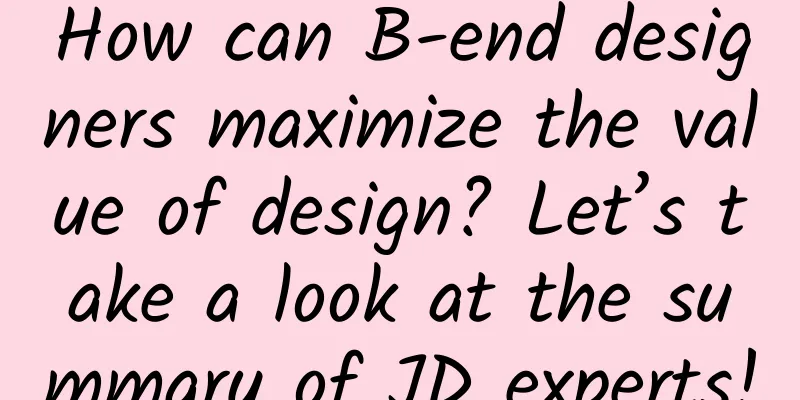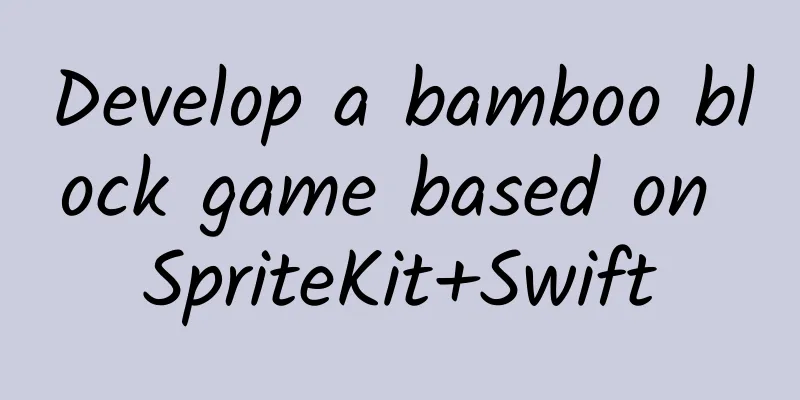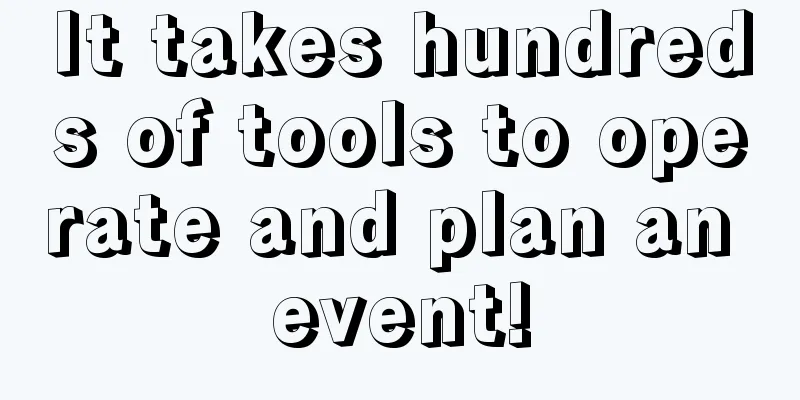How can B-end designers maximize the value of design? Let’s take a look at the summary of JD experts!

|
At work, I need to teach some newcomers about B-side knowledge, but the information they know about B-side is very little and fragmented. Compared with the innovation and fun of C-side, they feel that B-side design is more rational, with relatively limited visual space, and they are confused about the value of B-side design. Therefore, I try to summarize my B-side experience, on the one hand, to train team members, and on the other hand, to organize it into articles and share it with other colleagues, hoping to learn from each other.
Position your role wellAs someone who has just come into contact with the B-side, you may not have quickly realized your role and the responsibilities, skills and value you can create. You are also not clear about how to reflect your own value and the direction to increase your own value. Let’s first look at the basic product design process △ Basic product design process Cultivation of thinkingThe design process you often hear about is to produce a product prototype and design based on the prototype and requirement document. In the coordination with the product, you are an executor, passively receiving product requirements and outputting design drafts according to the prototype. This will make the B-side design boring and fail to reflect your value. Your current process In reality, you can complement each other with the product. Participating in the exploration of needs, user analysis, and research together with the product will greatly help you understand the project and the later needs analysis. You can work with the product to consider what the fundamental problem is that needs to be solved and what design solution I will use to solve the problem, so that you will not become a tool person who passively receives information. You need to have an in-depth understanding of the project to which you belong, whether it is a business support product, an office collaboration product, a merchant-side product, etc. First, understand what it does, then understand the user's operating habits and what methods are helpful for improving their efficiency. Usually, you should also pay attention to collecting their discussions, suggestions and opinions on the product through the user's voice channels. It is convenient for us to accumulate and classify problems, making it easier for us to think about problems from a global perspective. When starting the design of related problems, we can design what users need more quickly and deeply. In addition, it helps us provide data support when discussing some iterative experience optimization with the product. Self-cultivationThe core competitiveness of B-side designers is the ability to solve problems, quickly understand the business and handle the business. Only with these abilities can they create more value. B-side designers can exercise their own value in the following areas: 1. Start with disassembly:We usually encounter small demands and large demands (including small demands for multiple product modules) in design work. Small demands are basically point-to-point demands and do not need to be broken down into details, so I will not go into details here. Large demands usually include multiple small demands. We should adopt the method of simplifying the complex - planning first and then starting, breaking down the design tasks, thinking about the product tasks systematically from the overall perspective, and dividing the demands into multiple stages after clarifying the product goals and design objectives, and then designing each stage. When you divide the tasks, you already have a mental construction for the future work, such as which areas are the core display areas, how much energy we need to spend, which data chart display forms will increase the workload downstream, whether it will affect the overall progress, and which detailed displays are secondary and take the least energy. There may also be team collaboration here, which requires everyone to have consistent goals and consistent specifications. △ Deconstruction of requirements based on goals 2. Start by solving the problem:The construction of the backend is inseparable from a set of powerful and unified UI specifications. Specifications are the basis for visual unification of design and are also an indispensable tool for the technical team to efficiently produce a consistent experience. When it comes to specifications, we have to mention components. Components are created to avoid reinventing the wheel and to control the details of controls. Although there are mature components on the market, they may not fit the business characteristics of the company. We need to design based on the product characteristics of the B-end and the characteristics of our own business, with flexibility, reusability, and comprehensive design principles. For example, we customize the settings of the header filter items, point out the relationship between the distance and correlation between information in the vertical spacing relationship and the horizontal spacing relationship, and can more flexibly select the states we want to match and reuse the global use. It improves the efficiency of the R&D team and solves the details of visual consistency, saving time to do more meaningful things. △ Select the required head filter component according to the type Design empowerment100% support for business needs is the job of design, so our added value lies in "empowerment". Speaking of empowerment, we have to talk about the cultivation of thinking at the beginning of the article. The cultivation of thinking is to dig deep into needs, collect and think about problems. Then we need to take action, actively conduct user research, explore breakthroughs in needs, and find better solutions and more valuable driving points. Then we can also adopt this method to think when empowering different projects, disassemble tasks and follow up on implementation, provide specifications and component support, collect the value brought by this process, conduct a review and summary after the project is completed, gradually accumulate our own capabilities, and gradually build our own methodology to grow in verification. ConclusionThis is a partial distillation of my search for my own value. We also have many other values in our work. You need to find them yourself, increase your own value in the search, and reflect the value in the design. Get better and better. |
>>: To make Android more secure, Google recommends developers to use Rust to write system code
Recommend
With the crazy price hikes in online ride-hailing services, who will put an end to it, Yidao or Didi?
Online ride-hailing services have gradually repla...
Three pitfalls that car companies must avoid when operating in private domains
Private domain traffic has become a "battlef...
How can individuals register and promote in Meituan Alliance? How to obtain personal red envelope promotion link?
Since the outbreak of the epidemic, the food deli...
When increasing user growth, how can we retain new users?
Retention of new users is a very important part o...
Analysis report on short video competitors such as Kuaishou and Douyin!
This article conducts a multi-dimensional analysi...
What is the difference between cooling at 26℃ and heating at 26℃? Why do pineapples need to be immersed in salt water? Come and learn more
Turn on the air conditioner in winter Set to &quo...
Tea polyphenols may cause liver toxicity. The EU has introduced new regulations to limit intake. Can we still drink more green tea?
First of all, green tea is a good thing. Green te...
[Breaking News] AppStore shopping categories are now online, check out the TOP1500 first!
Apple App Store today officially launched a new c...
Apple's high-end San Francisco font is now available for download
The San Francisco font, which shows excellent aes...
I heard that eating watermelon for dinner can help you lose weight? Are you a qualified watermelon eater?
Many people saw "eat half a watermelon at ni...
4 strategies to help brands grow against the trend
The global COVID-19 pandemic has been spreading f...
One case of a mutant strain that is of particular concern has been discovered in the country. Is the second round of the epidemic about to begin quietly?
Recently, the Chinese Center for Disease Control ...
Advertising design industry improvement video course
Introduction to video course resources for improv...
Domestic mobile phone "Three Kingdoms Killing": Xiaomi, Huawei and Meizu "Double 11" secret battle
Domestic mobile phones achieved amazing sales on ...









